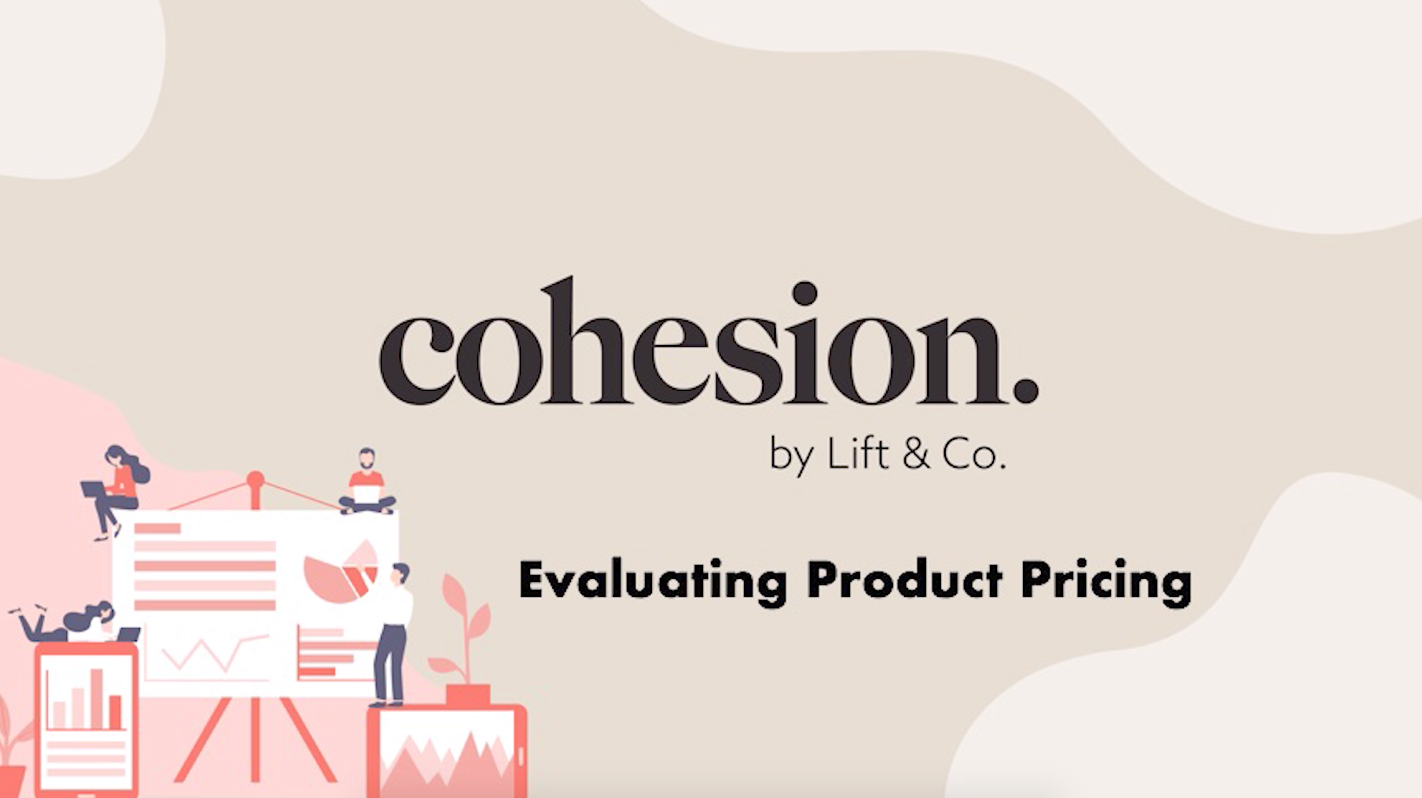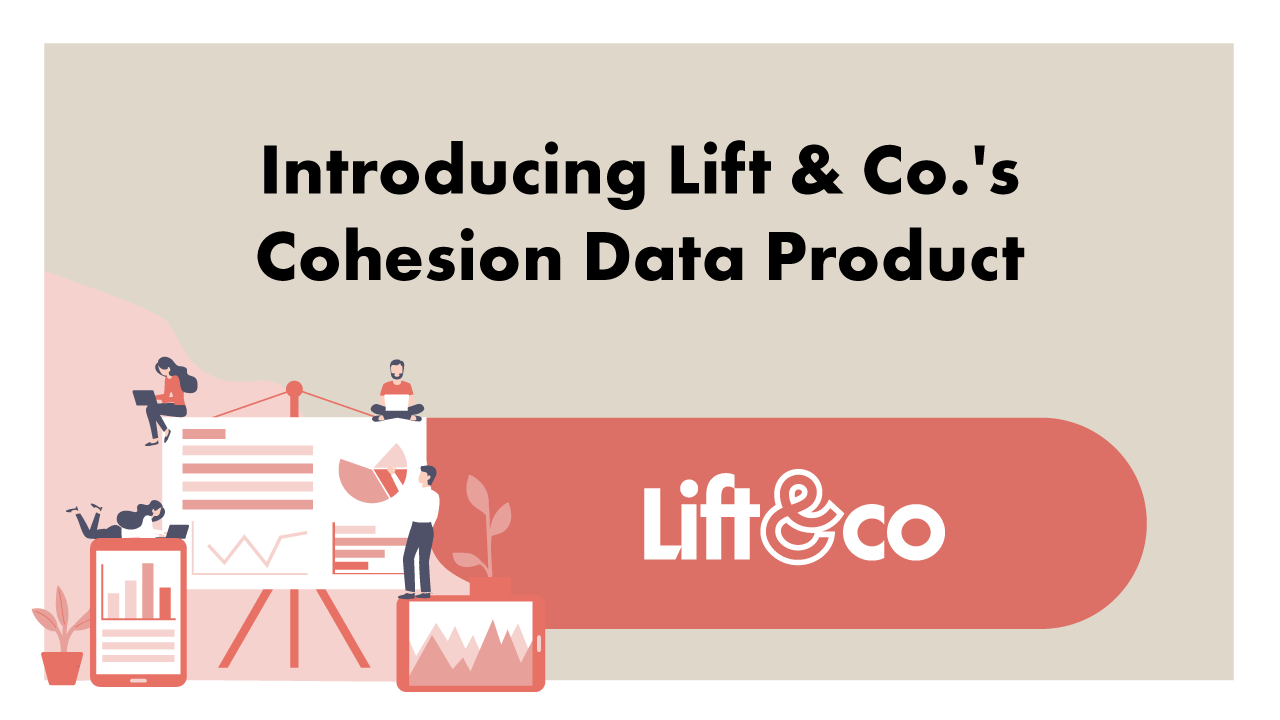In a crowded market, Canadian cannabis brands are fighting for brand awareness, product distinction and customer loyalty.
And the market will only become more competitive by Oct. 17, 2019, a day better known as “Legalization 2.0.” With the legalization of commercial edibles and cannabis concentrates, a slew of new consumers is expected to begin seeking out novel ways to enjoy cannabis.
Knowing how to market to these buyers is becoming increasingly important as the second wave nears, said Lift & Co. Chief Revenue Officer Jon Kamin and Ernst & Young (EY) Strategic Growth and Risk Leader Ashley Chiu. In their co-presentation at the Lift & Co. Cannabis Expo on June 7, All the Data You Can Eat: Market Opportunities for Cannabis Edibles, the pair highlighted distinct groups of cannabis consumers and non-consumers, including a group of 1.5 million Canadians expected to enter the cannabis market looking exclusively for edibles next fall.

According to the survey of nearly 3,000 Canadians, collected from Lift & Co.’s proprietary consumer, non-consumer and budtender research panels, Canada’s population can be segmented into four groups based on their relationship with cannabis.
The first category, which makes up approximately 10% of Canadian adults, are “canna-savvy.” This demographic is primarily made up of younger men, who have a fair amount of cannabis knowledge and experience, and spend an average of $250 per month on cannabis products, which they consume at least daily.
The second category, which makes up 7% of the Canadian population, is known as “canna-casual.” These buyers are older, consider themselves “cannabis familiar,” and consume cannabis approximately once per week. They’re typically consuming with the goal of relieving pain, and as such, are looking for low-to-medium dosage products and CBD-based products. The canna-casual spend, on average, $100 per month on cannabis.
The third category, which Kamin predicts will be the most open to purchasing edibles, is “canna-curious” — these consumers have not yet tried any cannabis products, but are interested in doing so, and are most likely looking for low-dose products, CBD topicals, and products that will help them relax. These consumers make up 23% of the Canadian adult population, and have “an interest in getting involved in (cannabis) in a very light-touch way,” Kamin said, most likely through CBD-based products, balanced strains, and edibles.
The fourth category constitutes the remainder of the Canadian population (60%). Kamin and Chiu refer to this group as the “unconvinced” — most never supported legalization to begin with, remain against most types of cannabis usage today, and won’t likely to be consumers anytime soon, Kamin said.
As Legalization 2.0 nears, tapping into the desires of the canna-savvy, canna-casual, and in particular, the canna-curious, will be essential to retailers’ success. All three groups are seeking different things when purchasing cannabis; while more experienced consumers tend to prioritize quality, effect, potency, and price above all other traits, these factors weigh less heavily for the less experienced. Meanwhile, the canna-curious tend to focus more on advice from health care experts than do the canna-savvy and the canna-casual.

“It’s a common Canadian trait in making new purchases where you’ll always be looking for somebody to help validate that purchase for you,” Kamin said.
“Did I make the right decision? Is somebody I know, or somebody I trust advocating I do this?” are the kind of common questions novice consumers are asking themselves before approaching new cannabis products, Kamin said.

Notably, many of these novice consumers say they’re more likely to buy legal cannabis in-store than online, seeking out a face-to-face connection with an expert before buying. According to budtenders, about 70% of consumers who have visited retail stores didn’t know what they were going to purchase beforehand. This means that budtenders — retail employees at cannabis stores — are often the first point of contact into the cannabis market. They hold tremendous power to educate novice consumers, and are a powerful tool for tapping into the “canna-curious” demographic.
Data from Lift & Co. proprietary research panel of budtenders shows that many Canadian consumers enter stores with fairly basic questions, such as, “What is the difference between sativa and indica?” and “What products will help with relaxation, sleeping, and pain relief?”

Budtenders tend to respond to these questions using fairly basic sources of information as well; 85% say they use their personal experiences to inform their responses, 77% say they use a customer’s budget to inform their response, while 58% rely on stats around top-selling products to make recommendations. Four out of 10 budtenders say they use information provided to them directly from brands.

This means brands can leverage their relationships with budtenders to improve consumer knowledge around cannabis and its effects. Chiu said brands should work to emphasize their product safety to build trust with novice consumers.
“1.5 million new consumers will be entering the market” in October 2019, when edible cannabis products become legal, Chiu said. “If we’re able to target those and provide the right amount of education to them, and make it specific to that consumer segment, I think it’s going to be a lot more effective than [broad] marketing techniques,” she added.
“We need to further understand the implications for licence holders, retailers, budtenders, consumers, while we introduce edibles, and really focus on safe consumption, responsible consumption, and helping consumers better understand what products would be optimal for them,” Chiu said.
_Hungry for more data? Check out the Cannabis Consumer Profile presentation from LCBC and Lift & Co.’s Cannabis Insights Dashboard. Using hundreds of user-generated data points, the dashboard helps cannabis companies identify shifts in consumer sentiment, anticipate emerging trends, determine threats and capture opportunities for growth._
Keep an eye out for the full report from EY in the coming weeks too!






